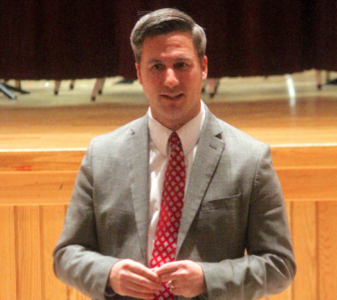Photo: Recent protest in Cushing Square (Credit: COS New England Facebook page)
Dear Belmont Police Department, Belmont Public Schools, and the larger Belmont community:
We are writing to express our disgust with the hate filled and racist graffiti found on the Wellington School Building this past Monday. This is unacceptable. We stand, in solidarity, with our Belmont and Boston students and families of color.
We must not and will not tolerate racism in any form or manner. The severity of the incident should be acknowledged and there should be follow through with students and families, alike.
We thank Belmont Superintendent John Phelan for bringing this to our attention as quickly as he did and we thank Belmont Police Chief James MacIsaac for keeping the community informed of the ongoing investigation.
We ask that the investigation of this hateful incident be swift, thorough, and transparent. We ask that any conversations with students, particularly of color, regarding this incident be thoughtful and transparent. We are here to be a support for our Belmont and Boston students, families, and educators. This is a community issue which is why we are asking for transparency.
For our students and community to heal, you all must be incredibly thoughtful in the manner in which the investigation is handled and how the information is disseminated. We would like to be included, along with community members, in the communications to students and families. We would like to receive updates on the investigation.
The common theme is transparency.
ALL of our children should feel safe and welcomed in their environment. This incident proves that there are individuals in the Belmont community who continue to try and foster a climate of fear and intimidation. We, as a community, need to be vigilant in our fight against racism. Belmont schools are part of a greater community and we should all be informed when incidents like this happen. If it affects one, it affects all.
We look forward to receiving updates and working closely with you all.
In solidarity,
Community Organized for Solidarity (COS)
Black and Brown Families in Belmont (BBF)
Belmont Pan-Asian Coalition (BPAC)
Belmont Antiracism Discussion Group (BADG)






